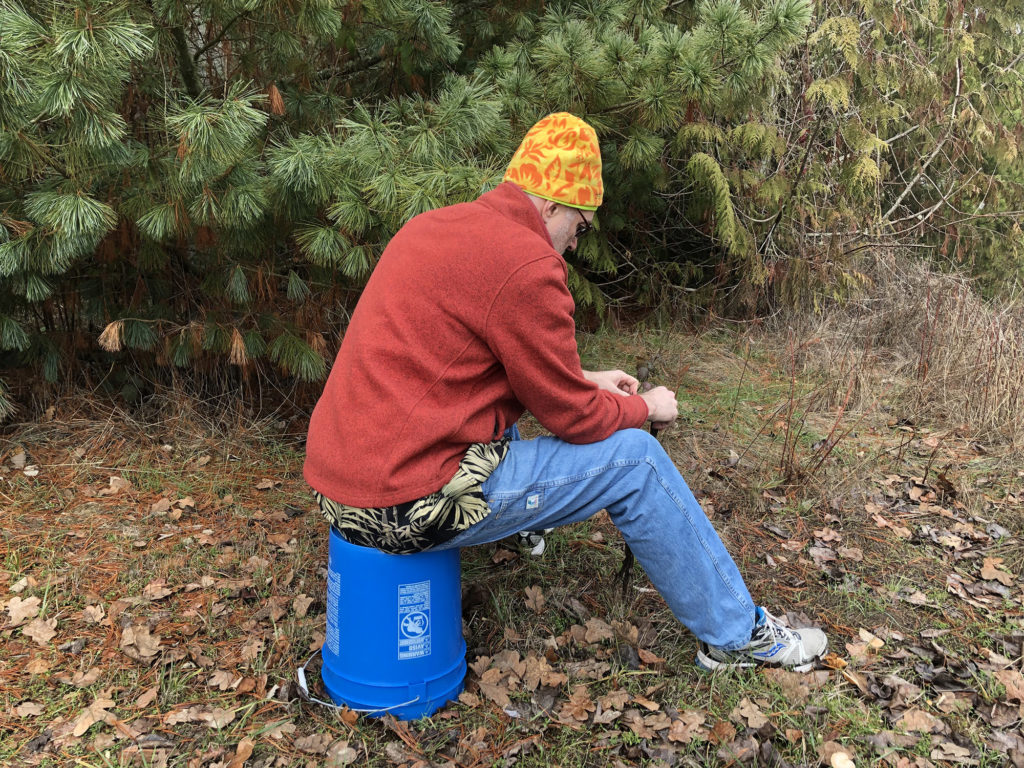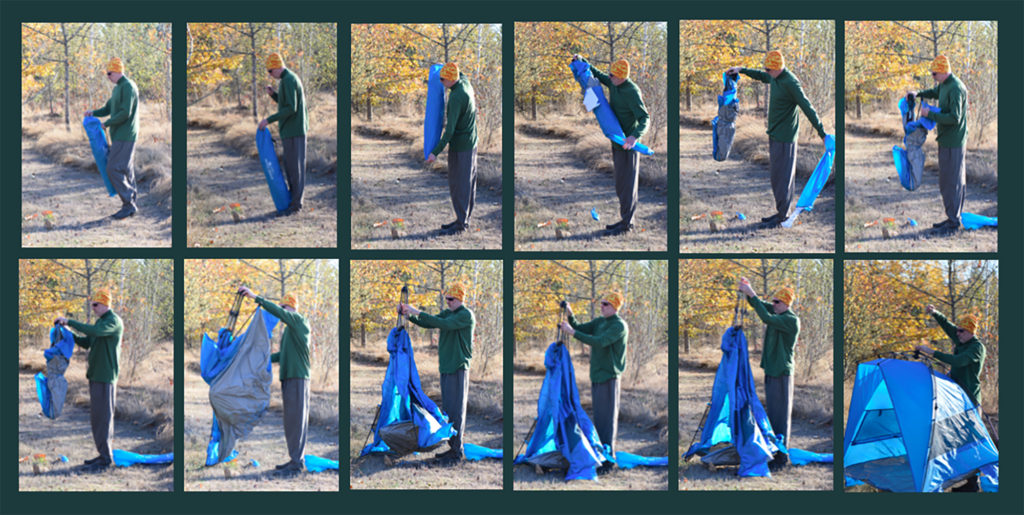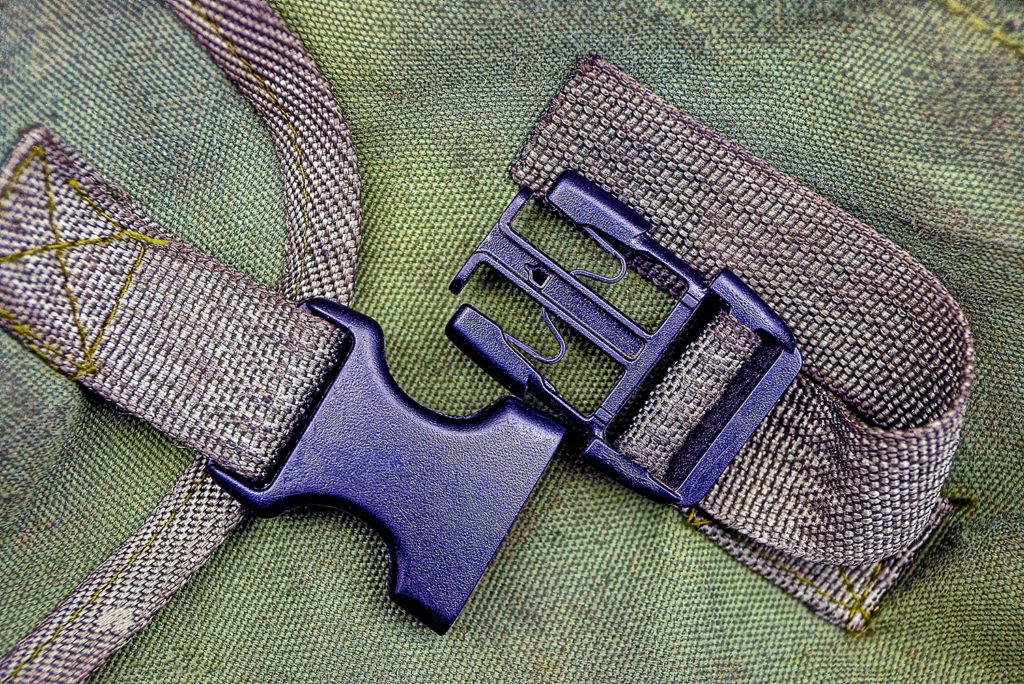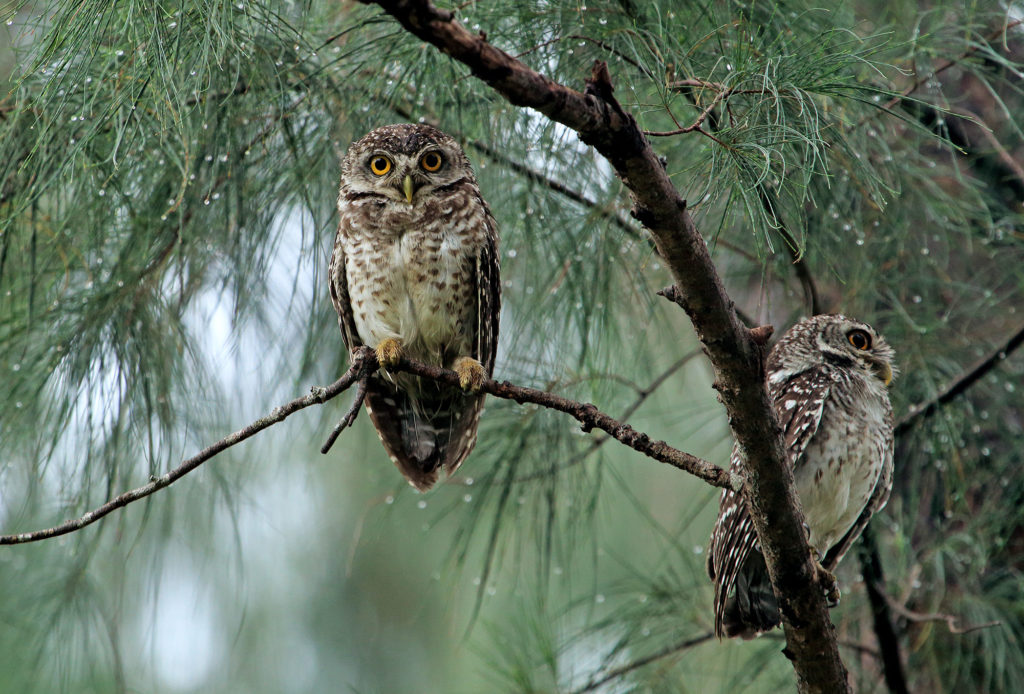
Field Work Characteristics of Different Habitats


Field Work Objectives
-
Build a field kit tailored for interactions with animals in both laboratory and field settings.
-
Describe climate characteristics of various habitats.
-
Match climate characteristics to corresponding animal species adaptations.
Field work preparation includes acquisition of key equipment and materials. A field kit is a logical bridge between planning and data collection on location.
Here is a tour of one of our field kits.

Sometimes the best field gear is the least expensive or most commonplace.
A bucket can be used to carry equipment, store wet samples, and substitute for work as a stool.
Keep it simple: the easier to carry and assemble, the more likely you are to use it in the field.

Field Kits
Recipe for an effective kit:
- Can be carried over a distance comfortably
- Weather proof, including high temperatures and rain
- Animal-proof, food and scented items in plastic bags or containers
- Enough water and food for an unexpectedly long trip
Start your Guide 1B media piece here
Each guide has a different media piece, you will not be turning in your notes again, although they can be helpful during the quiz.
Field Kit
In this assignment you will be assembling a field kit for potential laboratory and field work with animals. When complete, upload a photo to Canvas, and you can add information to the comment box provided, if desired.
You do not need to make purchases for this assignment, assemble what you have. Be creative! You can add a note if there is something you will acquire at a later date.

Your field kit should contain:
Safety Gear: could be a smaller safety kit, a list of safety instructions (can be modified from Lesley’s list), and/or other safety materials you feel are important. Consider any safety considerations you may have related to animals, like allergies.
Weather Gear: could include a hat, sunscreen, heavy clothes, whatever you feel you will need to use in your weather conditions.
Map(s): directions to at least two locations where you think your will find animals nearby. This can be in a building or outdoors. The map or maps can be on a digital device (arranged in the field kit photo) or printed out.
Data Collection Materials: could include a ruler, watch/timer, camera phone, journal, note pad, pencils, plastic bags, binoculars or whatever else you come up with.
A Creative/Personal Addition: could be a towel (for fans of Hitchhiker’s Guide to the Galaxy), camping gear, a compass, a box for specimen storage, or something innovative for collecting information about animals.
Something to Carry Everything in: could be a backpack, a garbage bag (we’ve used these), a bucket, or whatever you plan to use.
Habitats

Animal structures and behaviors relate to survival in habitats with various climate conditions.
Terrestrial animals are found within large biomes, like deserts and tropical rainforests, with ranges of temperature and precipitation.
Within these large biomes are smaller habitats with more specific climate characteristics and vegetation.

Animals have specific structures and behaviors that enable them to survive in particular habitats. When choosing locations for your field work, consider selecting a variety of settings.
We’re going to use owls as an example of species differences related to habitat.
We’re going to look at three different species of owls:
one that live in the high desert
one that lives at elevation in snowy tundra
and one that lives in old-growth coniferous forests
What type(s) of structural or behavioral differences do you expect to see?
There are a variety of owl species in the PNW (Pacific northwest), including the burrowing owl, snowy owl, and spotted owl.
Burrowing owls are small owls that nest underground in the high desert. Their feathers are a dusty soil color.
Snowy owls have white feathers that camouflage them from potential prey.
The threatened spotted owl has a mottled feather pattern that camouflages it in coniferous (evergreen needle) tree branches.

Owls leave evidence of what they have been eating in their habitats. These pellets are from owls that live in the Willamette Valley prairie and oak savannah. We routinely find them along our trails.
Owl pellets not only indicate what an owl eats and the types of small animals that live in their range, they also give clues about the overall habitat the animals are found within.
Next we are exploring the relationship between humans and other animal species and how this relates to research.

Check your knowledge. Can you:
-
build a field kit tailored for interactions with animals in both laboratory and field settings?
-
describe climate characteristics of various habitats?
-
match climate characteristics to corresponding animal species adaptations?



